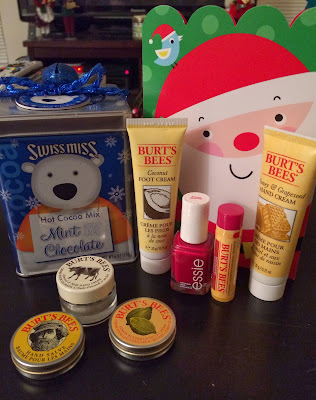What is the rotator cuff?
The rotator cuff is literally a 'cuff' of tendons that surround the head of the humerus (the ball of the shoulder joint) and stabilize it in the glenoid socket of the scapula (shoulder blade).
Each tendon is attached to its own muscle, but as each tendon approaches its attachment to the humerus it blends in with its neighbor. The tendon in front of the shoulder is that of the subscapularis muscle. The tendon on top of the shoulder is that of the supraspinatus muscle. The tendons in back of the shoulder are those of the infraspinatus above and the teres minor below. These tendons attach to the tuberosities of the proximal humerus and in so doing produce a spherical proximal humeral convexity that articulates with the concavity of the coracoacromial arch. This articulation provides superior stability to the glenohumeral joint when the adducted humerus is pushed upwards, for example in a fall, in pushing up from a chair, while walking on crutches, when doing a bar dip, etc). So, as Codman pointed out many years ago, the shoulder is a joint with two concentric spheres sharing a common center of rotation: (1) the humeral head articulating in the glenoid socket and (2) the proximal humeral convexity articulating within the coracoacromial arch. The radius of the second is equal to the radius of the first plus the thickness of the cuff and tuberosity. Here is an illustration from his book:
The point is that contact between the rotator cuff and the coracoacromial arch is normal. A archane concept that the rotator cuff acted as a humeral head "depressor", holding the cuff away from contact with the arch can now be safely discarded. Another old concept that contact between the cuff and acromion is pathological 'impingement' that leads to rotator cuff failure can also be discarded for lack of evidence.
In addition to its critical role in shoulder stability, the rotator cuff also provides much of the rotational power of the shoulder. The subscapularis muscle is the primary muscle enabling the hand to push on the abdomen or enabling the hand to push away from the lower back. The infraspinatus is the primary muscle enabling the arm to rotate externally, as in hitting a backhand or throwing a frisbee or tossing off the bed covers in the morning. The supraspinatus along with the deltoid enables the arm to be raised away from the side.
The rotator cuff attachment to bone is heavily used. This attachment is specially designed to manage the loads applied to it.
The rotator cuff attachment to bone is heavily used. This attachment is specially designed to manage the loads applied to it.
Our late partner, Doug Harryman, put together some wonderful video material on how the rotator cuff works. You can see it here.
More detail on the workings of the cuff can be seen here.
And more on the stabilizing effect of the coracoacromial arch can be seen here.
And finally, an overview of the cuff and failure patterns can be seen here and here
See more of the Rotator Cuff Book here.
===
**Check out the new Shoulder Arthritis Book - click here.**
To see the topics covered in this Blog, click here
Use the "Search" box to the right to find other topics of interest to you.
You may be interested in some of our most visited web pages including:shoulder arthritis, total shoulder, ream and run, reverse total shoulder, CTA arthroplasty, and rotator cuff surgery as well as the 'ream and run essentials'
You may be interested in some of our most visited web pages including:shoulder arthritis, total shoulder, ream and run, reverse total shoulder, CTA arthroplasty, and rotator cuff surgery as well as the 'ream and run essentials'





Comments
Post a Comment